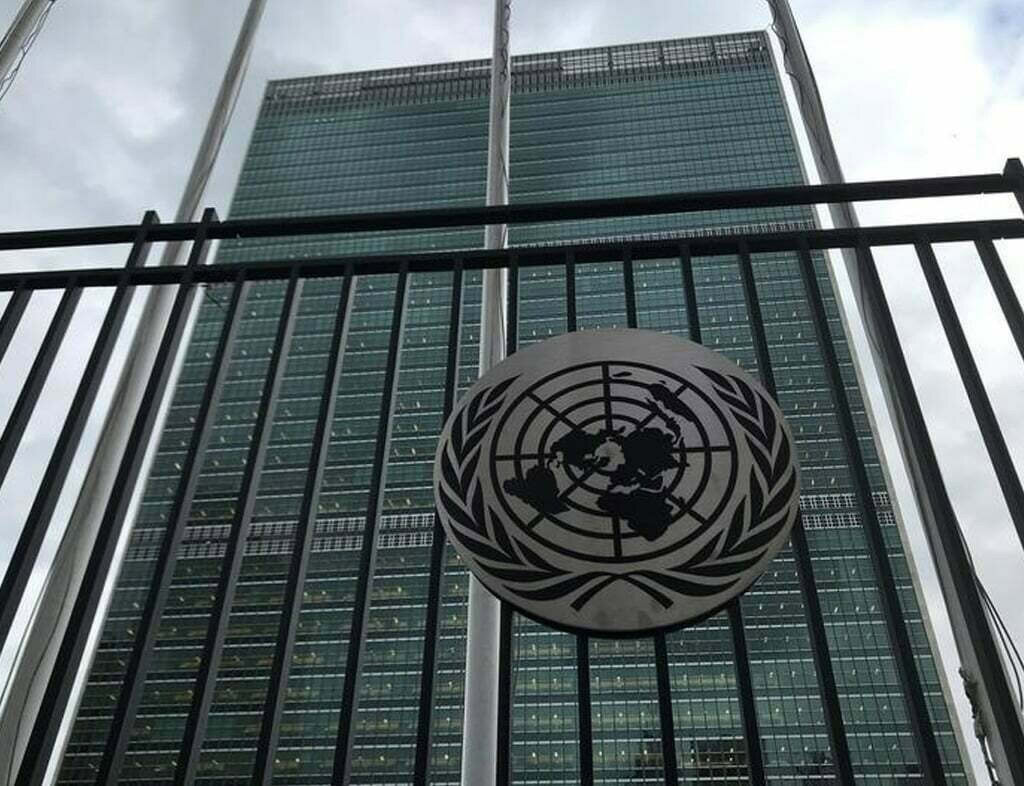The United Nations Development Programme (UNDP) in the 2023-2024 Human Development Report entitled, “Breaking the Gridlock: Reimagining Cooperation in a Polarized World” has ranked Pakistan 164th with a “low” human development status.
The report released here on Thursday noted uneven development progress is leaving the poorest behind, exacerbating inequality, and stoking political polarization on a global scale. The result is a dangerous deadlock that must be urgently tackled through collective action.
The 2023-2024 report places Pakistan in the “low” human development category while in 2022, Pakistan had a Human Development Index (HDI) value of 0.540 with a global ranking of 161 out of 192 countries. In 2023, the country dropped three places to 164 in the global ranking.
“The widening human development gap revealed by the report shows that the two-decade trend of steadily reducing inequalities between wealthy and poor nations is now in reverse,” said Achim Steiner, Administrator of UNDP.
“This gridlock carries a significant human toll. The failure of collective action to advance our response to climate change, digitalization or poverty and inequality not only hinders human development but also worsens polarization and further erodes trust in people and institutions worldwide.”
“Despite managing well the Covid-19 pandemic, Pakistan’s HDI and global ranking have suffered due to persistent social, economic and political pressures, including macroeconomic challenges as well as the lingering effect of the 2022 floods,” said UNDP Pakistan Resident Representative Dr Samuel Rizk.
He observed that there is a notable 33 percent decline in Pakistan’s inequality-adjusted HDI, bringing it to 0.360. In the Gender Inequality Index (GII), the country’s rank remains the same at 135 out of 166 countries. The Multidimensional Poverty Index (MPI) score stays unaffected at 0.198, indicating persistent challenges.
The report reveals that following pandemic-caused setbacks for their HDI in 2020, the South Asian region has demonstrated an overall more resilient recovery compared to East Asia and the Pacific, as well as the global average. However, significant disparities remain between “high” HDI and “low” HDI countries, indicating ongoing challenges in achieving equitable development.

